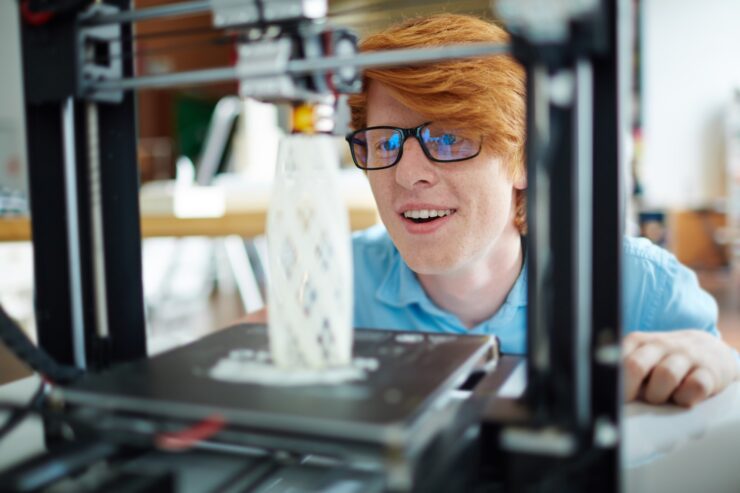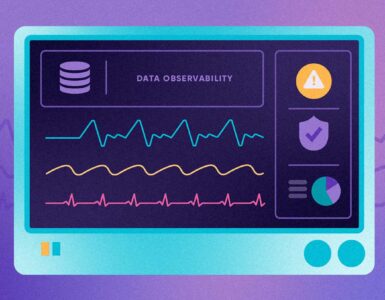The 3D scanner market came in at $4.5 Billion in 2018. This statistic is steadily growing with each passing year.
With the constant rise in technology, 3D scanning is progressing with it. But how much do people know about 3D scanning technology?
If you want to know more, don’t worry. Keep reading, and we will go over a quick guide to 3D scanning technology.
What is 3D Scanning Technology?
3D scanning technology is a method of collecting information. This information will cover the shape and size of a physical object. By using a 3D scanner, you are able to create a digital 3D replica of an object.
Different companies within the market will offer different specifications for their products. But, the basic 3D scanner uses senders and receivers to collect the information needed. This then goes to the specific software to create the digital model.
Depending on the mode, you can create an incredibly detailed version of what you have scanned. Some will even allow you to gain data on the color of the object.
What Is 3D Scanning Used For?
The possible uses of 3D scanning are endless. Within reason, you are able to scan any object you wish. Let’s look into a few examples of how 3D scanning is helping the world we live in.
Healthcare Industry
3D scanning technology has had a massive impact on the healthcare industry. With this new technology, doctors can now scan their patients. This is a huge advantage in making prosthetics with a perfect fit.
Dentists are also using this technology for their patients. When building and creating dental implants, dentists can now scan their patient’s mouths. This will give a more natural and comfortable implant.
Automotive Industry
Car manufacturers have implemented 3D scanning within their businesses over recent years. They can now easily scan different car components to ensure accuracy during manufacturing.
They are also able to give a detailed image of the inside area of each car. This has been a considerable development during the advertising stages.
Architecture/Interior Design Industry
Builders and designers are able to use 3D scanning to take accurate reads of the space available to them. This ability has drastically reduced the risk of human error.
Creating a digital version of a room reduces the risk of misreading a measurement. It is also a far easier way to share the designs among your network.
If everyone uses the same software, you can quickly create a new design and send the file between one another. No longer do we have to physically draw a new plan each time something changes.
Self-Driving Cars
3D scanning isn’t only for reproducing objects. It has now been used to help create self-driving cars.
These innovative cars use 3D scanners to view their surroundings. It takes the information and feeds it to the in-car computer.
This process allows the car to effectively ‘see’ where it is going. It also informs the computer of any objects which could be a hazard, allowing the vehicle to move or stop if needed.
Different 3D Scanner Types
As I mentioned, there are many different specifications available on the market. Some products will offer abilities that others may not, and vise versa.
But the main two types of 3D scanners that people need to know about are stationary and handheld. The uses of these types depend on the product you are scanning.
Stationary Scanner
A stationary 3D scanner is precisely as it sounds, a scanner that remains in a fixed location. This scanner could be attached to such things as a tripod or an arm of some kind.
Once the scanner has been placed into position, it tends to be focused on a turntable. This turntable allows you to place your object in sight and spun to scan the object’s entire surface.
For this reason, a stationary scanner can only be helpful for particular objects. It’s perfect for when scanning objects the user is able to manually move. But, this can narrow the range of things that can be scanned.
Handheld Scanner
Handheld 3D scanners are moveable variations of stationary scanners. The user will hold the scanner in their hand and move around the object to achieve the information.
This ability allows the user to scan larger objects. It also will enable scans of things that are in hard-to-reach places, such as car interiors.
Follow this link for a perfect example of a handheld 3D scanner: go3dpro.com/einscan-pro-hd-handheld-3d-scanner.html.
3D Scanner for 3D Printing
As you can see, 3D scanning is perfect for digital recreations of objects. But it is also perfect for use with 3D printing.
You now have the ability to recreate objects using 3D scanning. You can then use 3D printing to produce it, such as car manufacturing. 3D scanning can also help to produce a new product for 3D printing, such as medical prosthetics.
3D scanners aren’t solely for businesses. You can also be used at home. You can now scan any object you wish and have a 3D printer recreate it for you.
Create Your 3D Projects Today
3D scanners have an endless supply of uses. And with the rise in technology, these uses will only grow more accurate.
3D scanning technology has helped those in need of prosthetic appendages. It has allowed car manufacturers to promote and produce their cars each day.
Interior designers can redesign a room with a new level of ease. Builders can cut away the worry of misread measurements.
We offer a wide range of technological articles for you to read. Or, check out our Health or News categories.




























